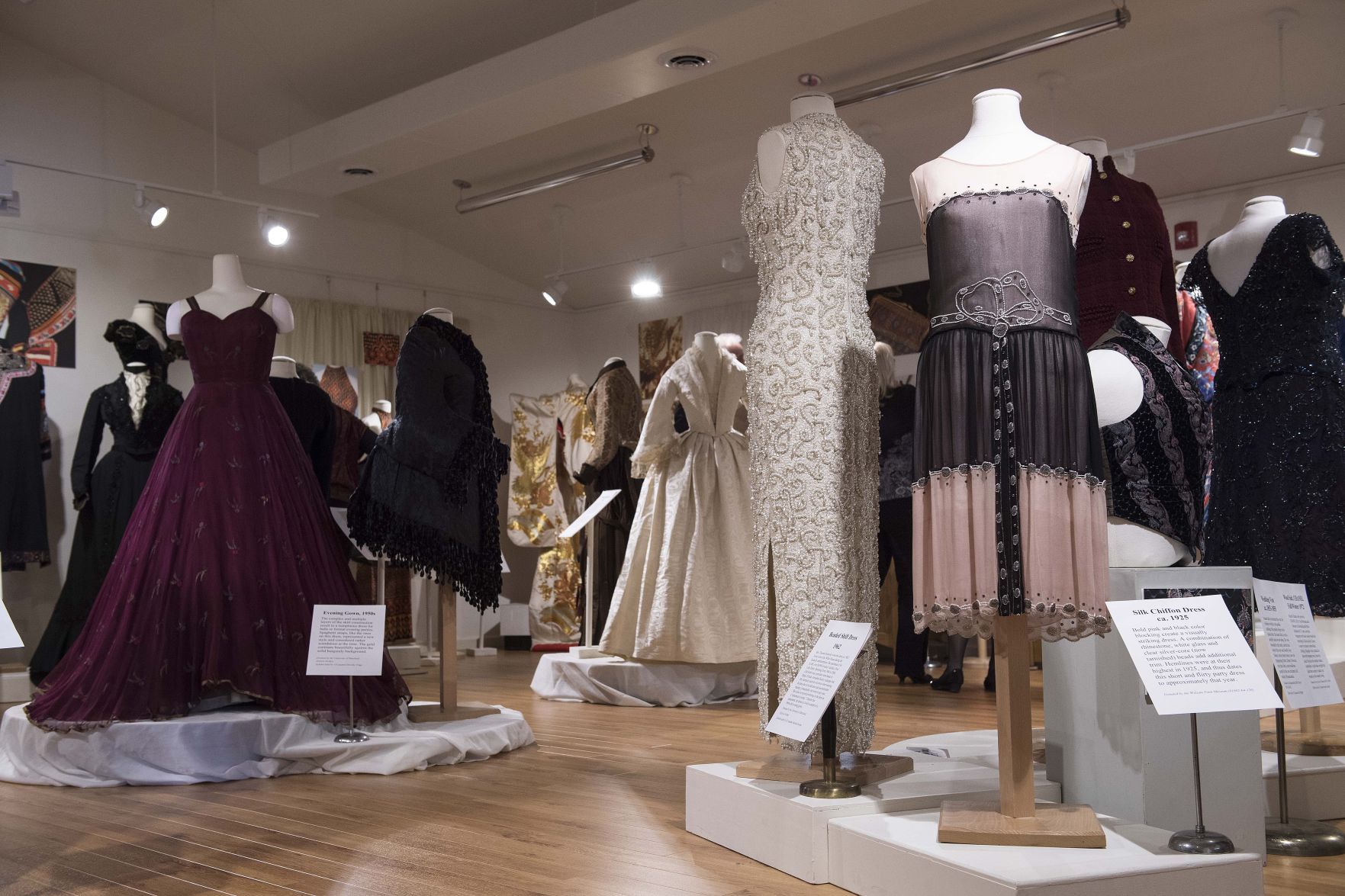

The latest creative director at Balenciaga, Demna Gvasalia has studied the archive extensively. His architectural forms were supported with boning, underlinings and his use of unique cutting techniques. His most famous creation, “the cocoon” was the cut that lay at the heart of Cristobal Balenciaga’s idiosyncratic contribution to the history of fashion.
#Archive fashion full
His construction methods challenged the dominant silhouette made famous at that time by Dior and his ‘New Look’ which was characterized by a cinched in waist, very full skirt and rounded shoulders.īalenciaga experimented with construction and form and developed a new relationship between the body and garment, which meant that garments caressed or stood away from the body, as opposed to hugging the figure. In contrast to Lanvin, Balenciaga’s ‘look’ epitomized and embraced futurism and this was groundbreaking when he came into his own during the 1950s and 1960s. He introduced extraordinary innovations that allowed him to gradually evolve towards simpler, purer forms. His use of embellishment and blocks of colour, in Jeanne’s signature shades, paid homage to Lanvin’s legacy and follows the unwritten, yet prescribed, design formula laid out by Jeanne Lanvin herself: blur the lines that define the generational gap by designing garments that are suitable and flattering for various body types, and create a complete head-to-toe wardrobe for a woman.īalenciaga experimented with construction and form, and developed a new relationship between the body and garment.Ĭristobal Balenciaga was a perfectionist who acquired an expert command of sewing techniques and spent his life refining the construction of his creations. I love tradition, but I also love the idea of representing it in a different way”. I feel like an acrobat balancing between two worlds: the past and the present. To those in the know, it came as no surprise that Elbaz, would make his own singular mark while continuing to extract the best from the archive.Īs he said, in the Dean L Merceron book Lanvin “I respect the past even though I do not believe I belong there. But the long-awaited Lanvin renaissance only began in 2001, with the appointment of Alber Elbaz as the creative director. These shades, notably her signature, Lanvin blue, were developed in her own dye house.Īfter her death in 1946, and since, the management of the house employed thirteen designers in an attempt to elevate it from anonymity. Lanvin’s signature style was to incorporate innovative surface decorations, in the form of textile embellishment married with a rich colour palette of original shades. Clothing was revered and passed on from generation to generation. Before contemporary fashion arrived, it was traditional for designers to dress their clients from childhood to death and the intervening years. The former’s main ethos was to build an empire based on inspiring, creative and feminine fashion. There are marked contrasts to their approach to design, with Jeanne Lanvin’s aesthetic being one of surface decoration and fabric manipulation, while Cristobal Balenciaga redefined silhouettes and construction methods. Their archives have been used extensively, but have also been made relevant for a contemporary audience by countless designers – new and established all over the world. Lanvin and Balenciaga are the two world renown brands that stand out. Two houses spring to mind when we imagine the perfect fusion of past and present fashion.


Digging into the fashion archives of Lanvin and Balenciaga With so much there to inspire contemporary collections, it’s safe to say that any new designer at the helm visiting any fashion archives would feel like a child in a toy shop.īefore contemporary fashion arrived, it was traditional for designers to dress their clients from childhood to death and the intervening years. It can be used in order to gain some insight into the brands DNA and identity, the construction techniques it employed and the research materials it used to inform the shapes and proportions it became famous for.Ĭlothing was made more sustainably back then, with items made to last longer than a mere season.Īn attention to detail was bestowed on well-cut, hand-sewn garments that stood the test of time. There’s a fine line between adding one’s own signature style to a grand house while also remaining sensitive to its history.įashion archives allow new designers to delve into a past that was very different to the present. Once the original designer has left the building, an ever-changing supply of new talent is entrusted with the stress-inducing task of keeping the flame alive. And so it should, in the case of famous fashion houses such as Lanvin, Dior, Chanel and Balenciaga. The past looms large watching imperiously, hawk-like, over its legacy.


 0 kommentar(er)
0 kommentar(er)
